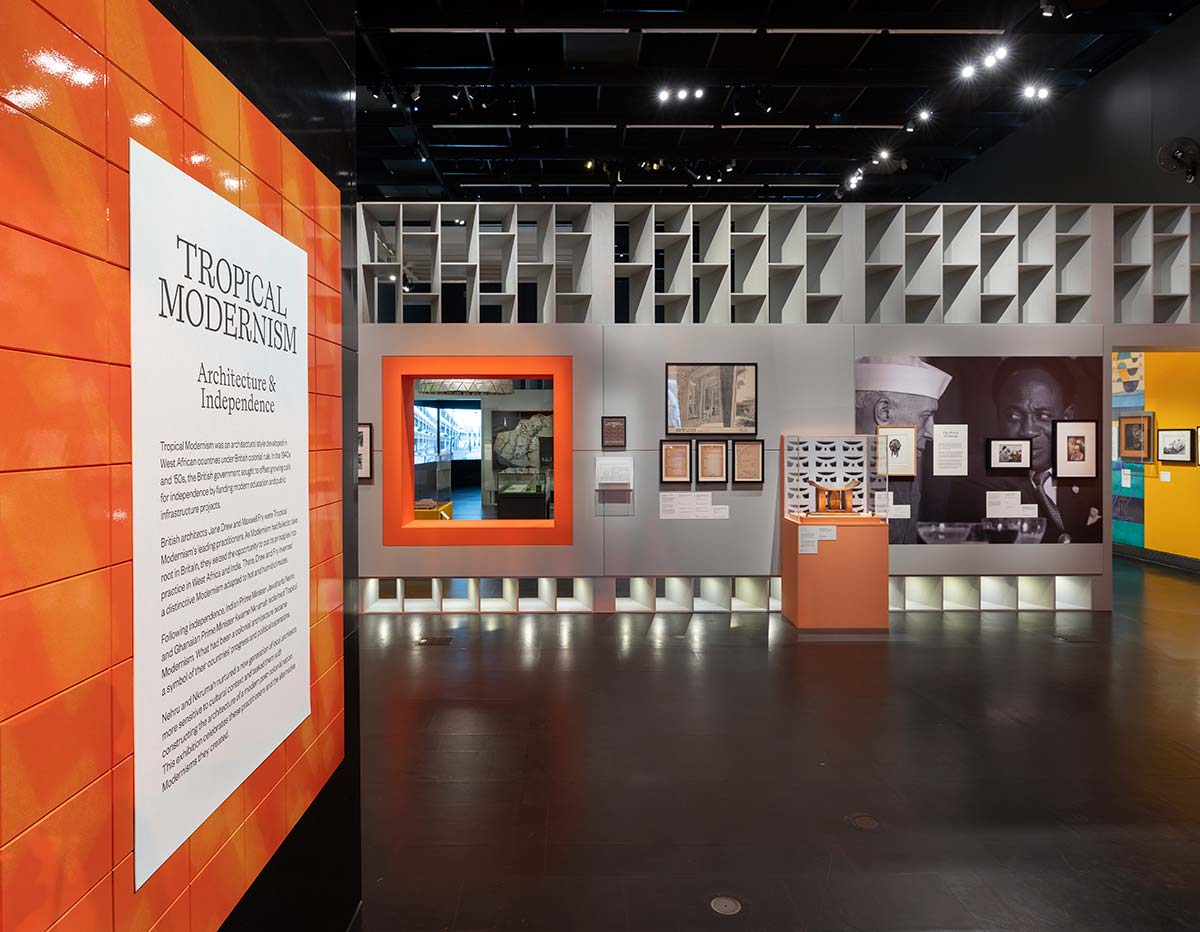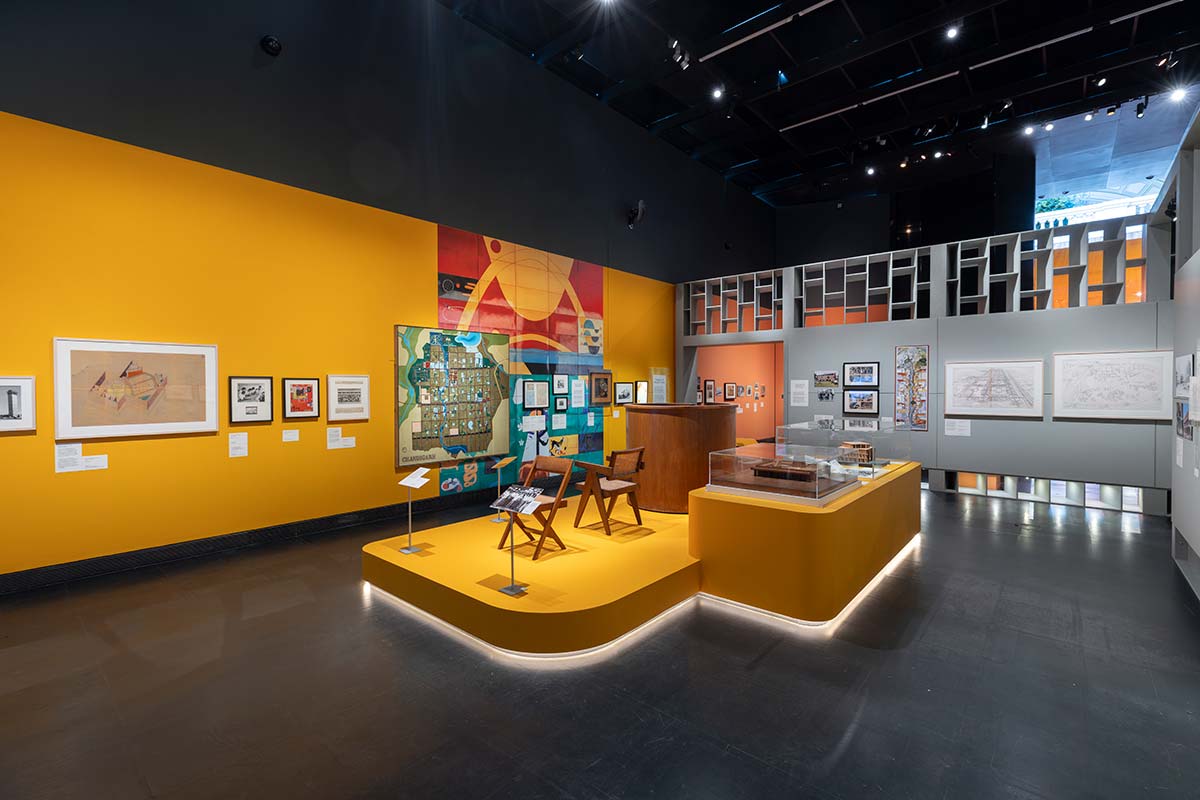
Presented in coordination with the seventh special project for the Applied Arts Pavilion of the Venice Architecture Biennale in 2023, until 22 September 2024 it is possible to visit the exhibition “Tropical Modernism: Architecture and Independence” at the Porter Gallery of V&A South Kensington in London.
Tropical Modernism is an architectural style that developed in British West Africa in the 1940s. In those years, the architectural duo of Maxwell Fry and Jane Drew, residing in the Gold Coast, now Ghana, invented a new style, adapting a European modernist aesthetic to the difficult, hot and humid conditions of the continent. The focus of their stylistic language was the control of climate conditions, pursued by means of features like adjustable openings, large eaves and sunscreens.

From the outset, the architectural innovations of Fry and Drew, who worked above all in Ghana and India, brought the couple many important commissions, including projects for schools, universities, community centers and libraries, funded by the Colonial Welfare and Development Act, a postwar program of 200 million pounds for the reform, reconstruction and modernization of the colonies. While at first this was a merely cynical initiative organized to cope with the demand for independence and to make the colonies more productive inside a global market, creating more effective consumers of European goods, in a second phase Tropical Modernism became a symbol of the anticolonial struggle: in the decade after the election of Kwame Nkrumah as Prime Minister and President of Ghana in 1957, two thirds of the continent achieved freedom.

Modernism – Architecture and Independence’ © Victoria and Albert Museum, London
In Tropical Modernism, Nkumrah saw a possibility not only for the construction of the nation, but also for an expression of the Pan-African ideology, accomplished by inviting architects from Eastern Europe, not contaminated by colonialism, to work side by side with architects from Ghana to create monumental structures that were hailed as new symbols of a free Africa. Tropical Modernism: Architecture and Independence is organized in four sections covering a time span of about 60 years, presenting over 70 works including paintings, models, projects, sketches, sculptures, installations, photographs, drawings on paper, prints and unpublished documents arriving from public and private collections from all over the world, as well as a multichannel film installation for a critical interpretation of the imperial history of the movement.

The exhibition curated by Christopher Turner, curator of art, architecture, photography and design at the V&A, together with Nana Biamah-Ofosu and Bushra Mohamed, researchers and architects of Architectural Association (AA), London, has been produced in collaboration with Architectural Association (AA) of London and Kwame Nkrumah University of Science and Technology (KNUST) of Kumasi, with the support of James Bartos and Celia and Edward Atkin CBE.







